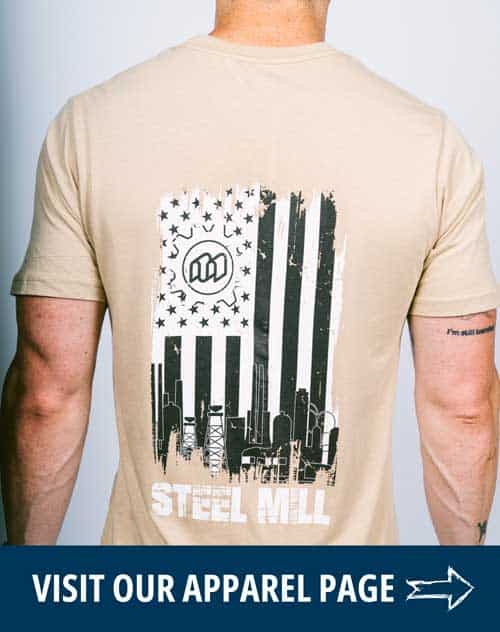How Did We Get Here? The Macroeconomics of Steel Supply Chains
The U.S. steel market came under significant pressure in 2022 due to weakened manufacturing and housing indicators. Two consecutive quarters of negative growth and persistently high supply kept many buyers hesitant, worried they’d be stuck with overpriced inventories if the downturn intensified.
Early in the Russia-Ukraine conflict, steel prices rose significantly. Russia and Ukraine are major players in the global steel trade:
- Russia is the third-largest steel exporter in the world, behind China and Japan.
- Ukraine ranks eighth.
- The U.S. imports about 25% of its steel needs and historically only about 4% of that came from Russia.
The expected global supply shock was less severe than anticipated.
The steel industry plays a vital role in the economy, with complex supply chains influenced by many factors. Macroeconomic conditions such as inflation and recession affect both demand and pricing. When inflation is low, demand for steel tends to rise, and the supply chain must respond quickly. During a recession, demand falls, and the supply chain contracts in turn.
How Does Inflation Influence Steel Prices?
Inflation is driven by several forces, including changes in the money supply, oil prices, and global economic conditions. One of the most important drivers is demand.
When there’s strong demand for a product with limited supply, prices rise. Steel is no exception.
When demand for steel increases:
- Businesses may raise prices to boost profits.
- Limited supply pushes buyers to pay more.
- Prices rise quickly, contributing to inflation.
When demand slows down:
- Prices typically fall.
- Sellers compete more aggressively on pricing.
Steel prices often reflect broader inflation trends. As inflation rises or falls, so does the cost of steel.
How Do Recessions Affect Steel Prices?
Steel prices change constantly in response to economic conditions. In general, recessions lead to:
- Reduced investment in construction and manufacturing.
- Lower demand for steel.
- Falling steel prices.
However, recessions can also lead to higher prices in some cases. Production may slow down, reducing supply even as demand drops. This imbalance can lead to short-term price increases.
Historical Examples:
- During the Great Recession (2008–2009), global demand for steel fell sharply.
- In 2009, the average spot price of hot-rolled coil (HRC) dropped 18% from the year prior.
- In 2010, HRC prices declined another 36% year-over-year.
Recessions affect both supply and demand, and their impact on prices can vary depending on how quickly production adjusts.
What Are Key Indicators That Signal a Recession?
Economists look at both leading and lagging indicators to measure the health of the economy. Leading indicators include:
- Gross Domestic Product (GDP): Slower or negative growth may signal a coming recession.
- Stock Market Trends: Falling stock prices often reflect reduced business confidence and lower investment.
- Consumer Confidence: When people feel uncertain about income and job security, they spend less, which can slow economic growth.
- Interest Rates: The Federal Reserve often lowers interest rates to stimulate the economy. A drop in interest rates can signal efforts to avoid or respond to a recession.
Each of these indicators helps paint a picture of where the economy may be headed. When several point in the same direction, it often prompts action from businesses and investors alike.
Mainline Metals: Premier Supplier for the Steel Industry
At Mainline Metals, we understand that the steel industry is constantly changing. As a result, we create value by providing our customers with the products they need when they need them for a fair price.
We have over 37 years of experience in the spot market, and our team is dedicated to providing the highest quality products and services. We believe it is essential to have a partner who can ebb and flow with dynamic markets, and we are committed to being that partner for our clients.
Contact us today to learn more about how we can help you meet your steel needs.
← Back To News
